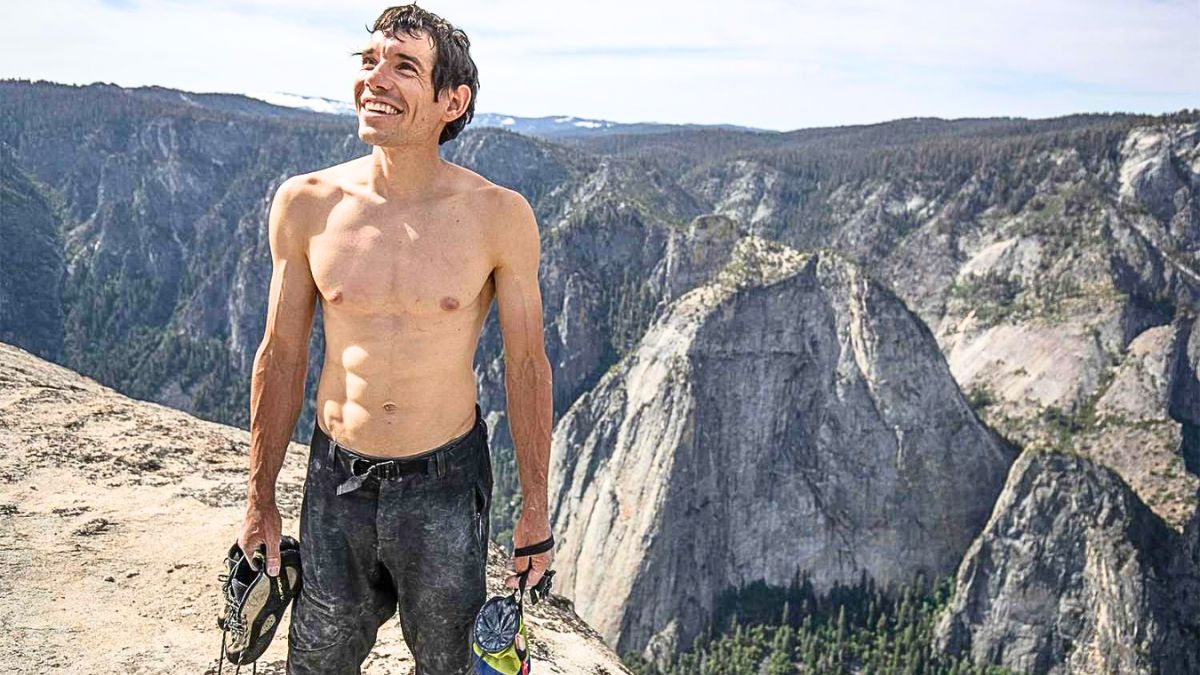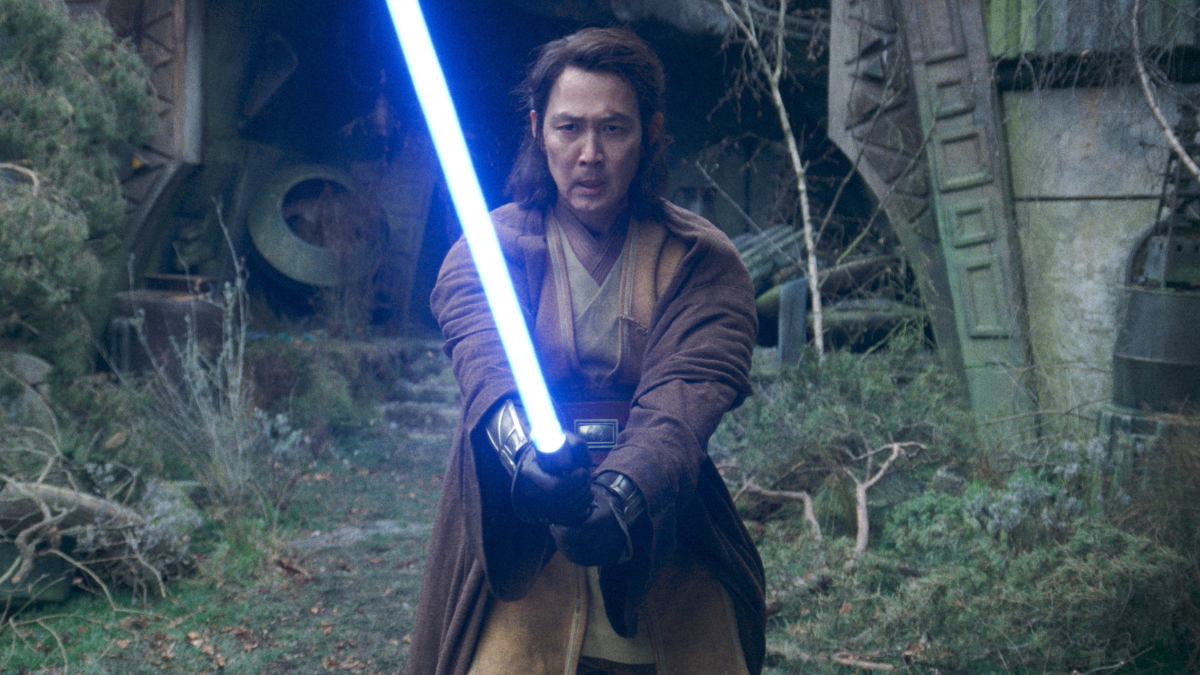The groundbreaking FX series Pose showcases the LGBTQ community culture that originated from 1980s ballroom events. Right from the start of the show, viewers are presented to the House Abundance, Pendavis, and Evangelista. While Pose is a fictional TV series, its events are all highly based on real life, making it more of a history piece than a drama. Without New York’s ballroom scene, drag wouldn’t exist as we know it.
Interested in learning more about Pose’s Houses? Here’s what they are and their history.
Creating your own family
In Pose’s pilot, Blanca Rodriguez abandons her original House of Abundance headed by Elektra to create her own House of Evangelista and become a mother. You’ll notice how the members of the House refer to each other as children and mother, but they are clearly not related. Not biologically, anyway. The Houses are the equivalent of a family, not of blood, but of empathy. Blanca recruits Damon Richards, who was homeless after being thrown out of his home for being gay.

The Houses in Pose are made of people who were rejected by their original family for being part of the LGBTQ+ community or not conforming to society’s norms. They are primarily Black and Latino. Those who can afford housing start their House, like Blanca and Elektra, and take in other homeless LGBTQ+ youths.
In return, and as a form of showing pride of who they are, all House members perform together in balls. Each House competes against each other in different categories, like posing, fashion runaways, and challenges.
Blanca as the House Evangelista mother encourages her house members, her children, to chase their dreams. She serves in stark contrast to Elektra, mother of House Abundance, who looks down and humiliates her children. This shows that not every House is the same, nor are they all a safe refuge for its children.
While Pose’s story mainly focuses on the Houses Abundance and Evangelista, there are other ones that make an appearance or are mentioned during the show. Here are all the Houses seen in Pose:
- House Abundance
- House Evangelista
- House Ferocity
- House Khan
- House Mugler
- House Pendavis
- House Wintour
- House Xtravaganza
Are there Houses in real life?

Pose is heavily inspired by Jennie Livingston’s Paris is Burning, an iconic LGBTQ documentary which beautifully depicts New York City’s ballroom scene during the 1980s. The House Xtravaganza from Pose is based on the real House Xtravaganza that appeared in the documentary.
Nearly half a century later, the problems Pose looks at remain rampant in American society. A study from Chapin Hall at the University of Chicago from 2017 reports LGBTQ youth are 120 percent more likely to experience homelessness than non-LGBTQ youth.
Back in the ’80s, there were only a few organizations and service providers dedicated to helping young LGBTQ New Yorkers, so there were no other people but themselves to help each other stay out of the streets. Now the community has many other ways of finding shelter and support, even though the problem persists.
The True Colors Fund, for example, is a nonprofit organization working to end homelessness in the LGBTQ community. According to it, there are 1.6 million youth who are homeless each year, and up to 40 percent of them identify as LGBTQ. However, LGBTQ youth represent only seven-percent of the total youth population, highlighting a huge disproportion of homelessness among these populations.
Where could we find Houses in the U.S.?
Houses could be found mostly in northeast cities in the U.S., like in New York City, Newark, Jersey City, Philadelphia, Baltimore, Washington, D.C., and Oakland, California. Here are a few notable Houses:
- The House of Aviance — founded by Mother Juan Aviance.
- The House of Xtravaganza — founded by Hector Valle, and chiefly run by Hector Xtravaganza and Angie Xtravaganza in the 1980s.
- The House of LaBeija — founded by Crystal LaBeija, and chiefly run by Pepper LaBeija in the 1980s and 1990s.
- The House of Dupree — founded by Paris Dupree.
- The House of Ninja — founded by Willi Ninja.
- The House of Mugler — founded by David, Raleigh and Julian.
Houses in drag
As time passed, Houses became common for drag families. Mother and fathers became drag mothers and drag fathers, and so did their House children. You’ll hear in RuPaul’s Drag Race, for example, that drag queens receive the same last stage name of the drag queen that first put them in drag. Granted, that’s not always the case. But House culture gave birth to the contemporary drag scene, and Pose reveals the need for this beautiful, extravagant form of expression in the first place.
Today, the culture has changed, but the empathy and camaraderie persists.








Published: Aug 10, 2021 09:48 am